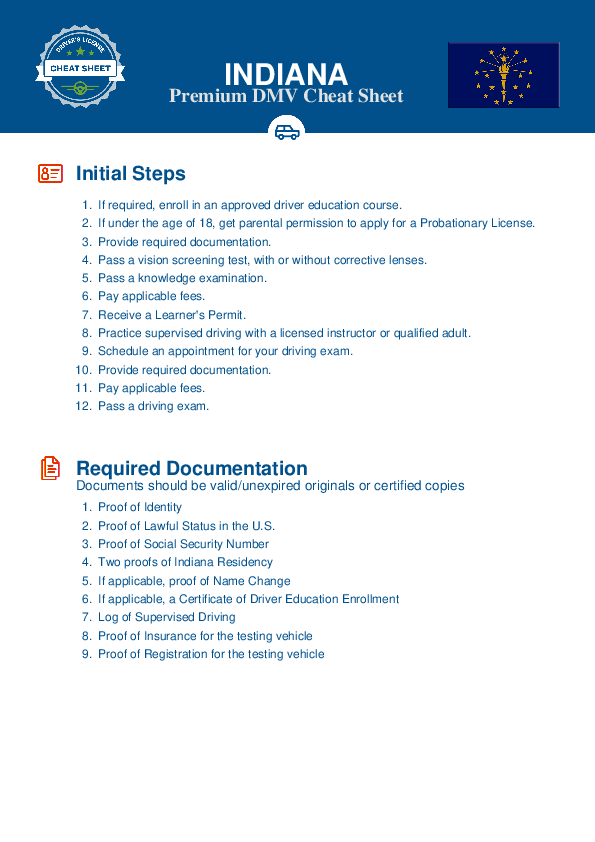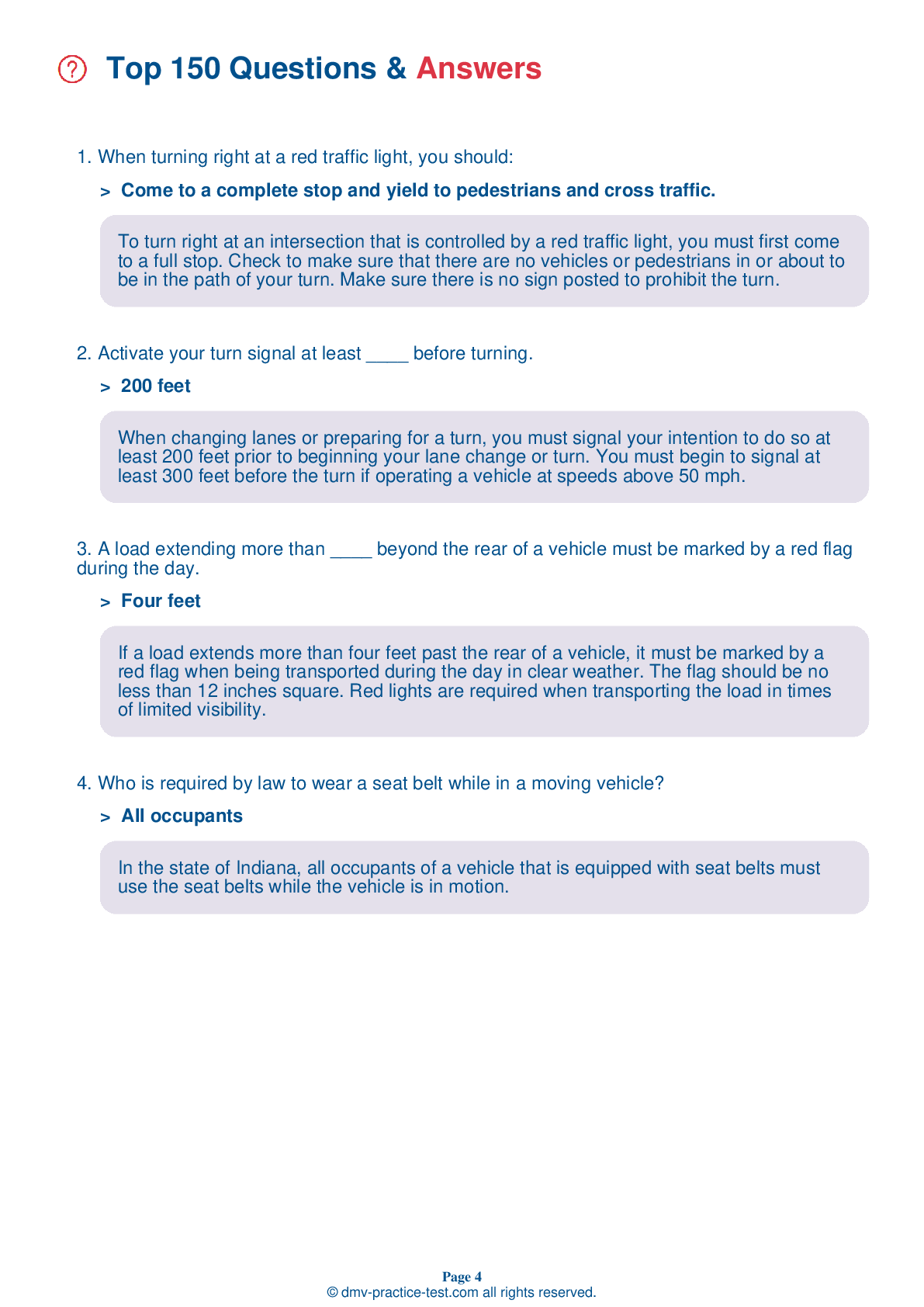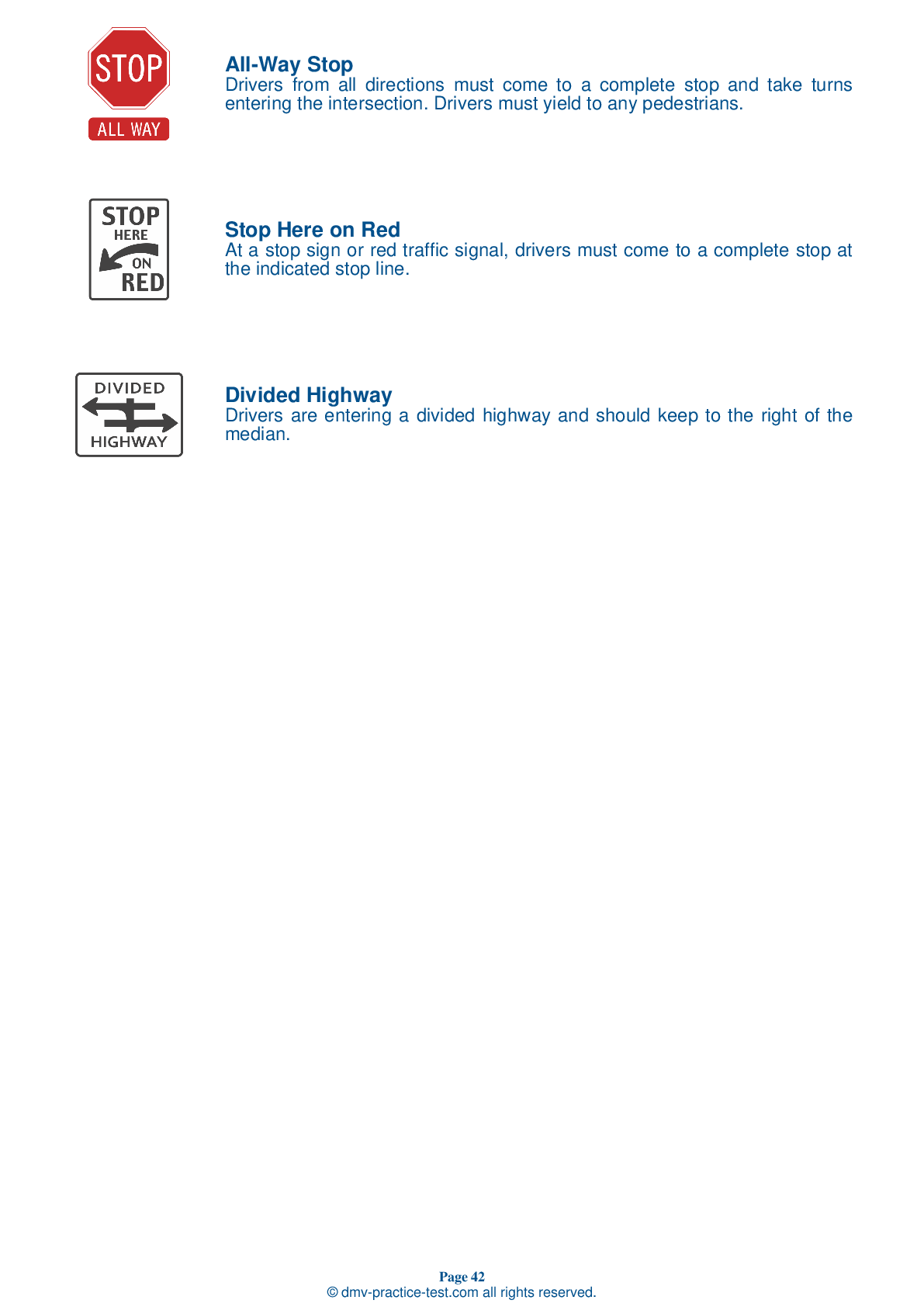FREE Indiana DMV Practice Test #6
This set of Indiana DMV practise tests has been updated for January 2025. It includes questions based on the Indiana Driver Handbook's most significant traffic signals and laws for 2025. Use actual questions that are very similar (often identical!) to the DMV driving permit test and driver's licence exam to study for the DMV driving permit test and driver's licence exam.
On the practise exam, each question gets a tip and explanation to help you remember the concepts. The written component of the official Indiana DMV test will include questions about traffic rules, traffic signs, and driving statutes, as well as information from the Driver Handbook.
To obtain a passing grade, you must correctly answer 44 of the 50 questions. Take our DMV practise exam to help you prepare for your Indiana instruction permit or driver's licence.
The DMV exam is available in several languages.
Using any kind of testing assistance will result in an automatic fail, and the DMV may take additional action against your driver's licence, so stay away from it.
1 . What are the colors of signs that tell you the distance to the next exit on a highway?
Signs providing information about destinations are green with white letters or symbols.
2 . You must stop at an intersection when you see a:
A flashing red traffic signal has the same meaning as a stop sign. At an intersection with a flashing red light, you must come to a complete stop, look both ways, and proceed only after the intersection is clear.
3 . A steady yellow light at an intersection means:
A steady yellow light indicates that a steady red light will soon appear. If you are driving toward an intersection and a yellow light appears, slow down and prepare to stop. If you are already within the intersection or cannot stop safely before entering the intersection, continue through carefully.
4 . If two drivers arrive at the same time to an open intersection:
If you arrive to an open intersection at the same time as a vehicle to your right, you should yield the right-of-way to that vehicle. You may then proceed when it is safe to do so.
5 . If a flagger is directing traffic in a construction zone, you must:
Be prepared to reduce your speed and use caution when directed to do so by a sign, flagger, or law enforcement officer. Failure to do so is illegal and is dangerous to those working in construction zones.
6 . A stop sign is shaped like a(n):
An octagonal shape is used only for stop signs. All eight-sided signs tell drivers to come to a complete stop before proceeding.
7 . This road sign means:
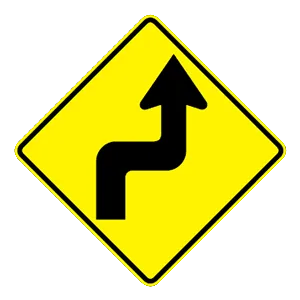
This sign indicates that the road ahead will turn sharply to the right and then to the left.
8 . This sign means:
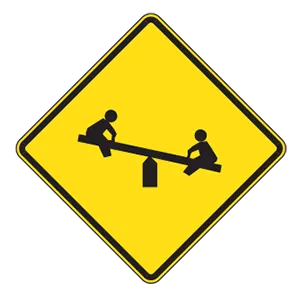
Warning signs prepare drivers for upcoming road conditions and hazards and are usually yellow with black markings. This sign tells drivers that they are near a playground and should look out for children in or near the roadway.
Need Car Insurance? No problem!
Compare the best rates in Indiana and find a personalized policy that meets your needs.
1. Are You Currently insured ?
2. Married ?
3. Do you own your Home?
4. Do you have more than 1 car ?
5. Have you or a Family Member Honorably Served in U.S. Military ?
6. Your Name
7. Age
8. Zip code
IMPORTANT REMINDER:Auto Insurance is Mandatory to drive in Indiana. Get covered before you hit the road to avoid any fines.
Ranked by best match
